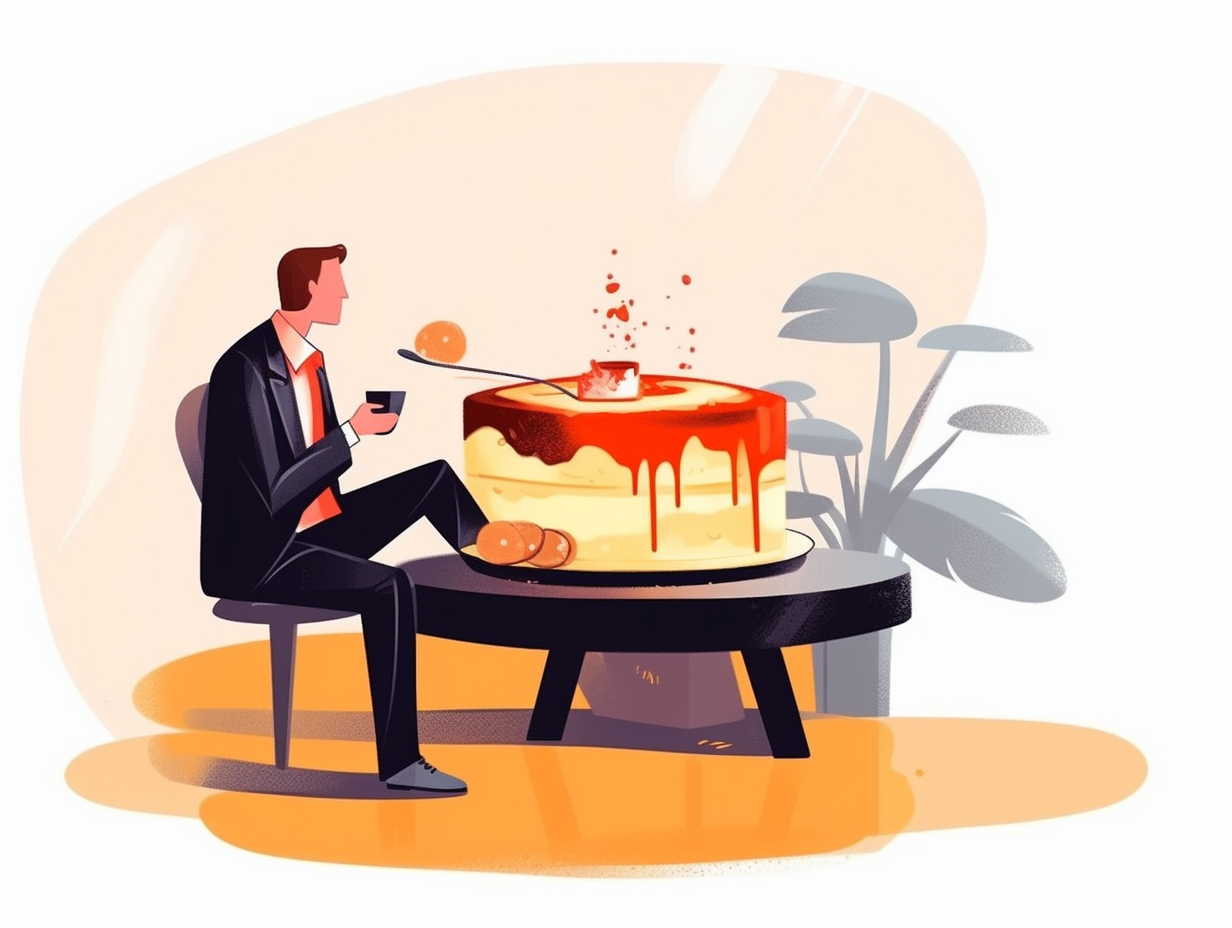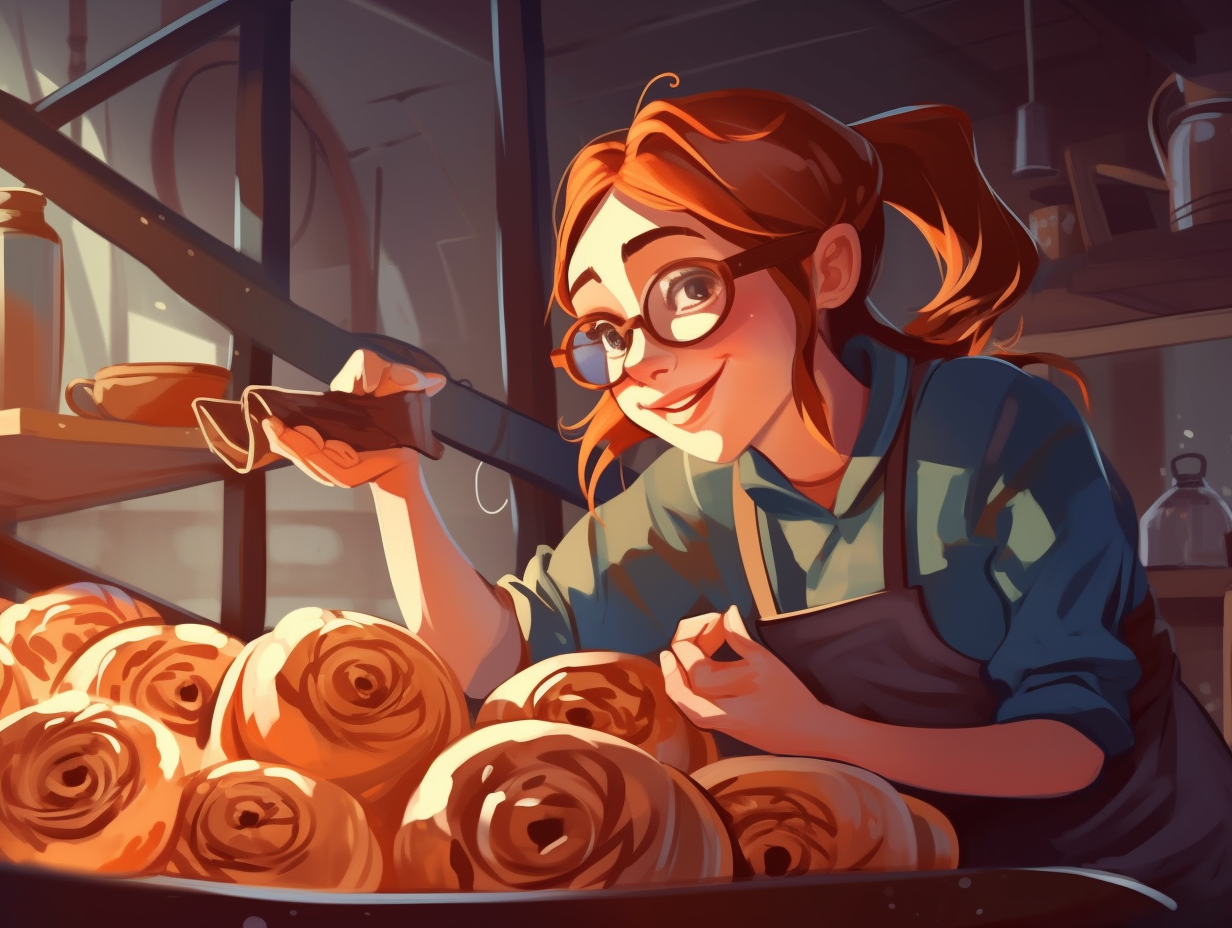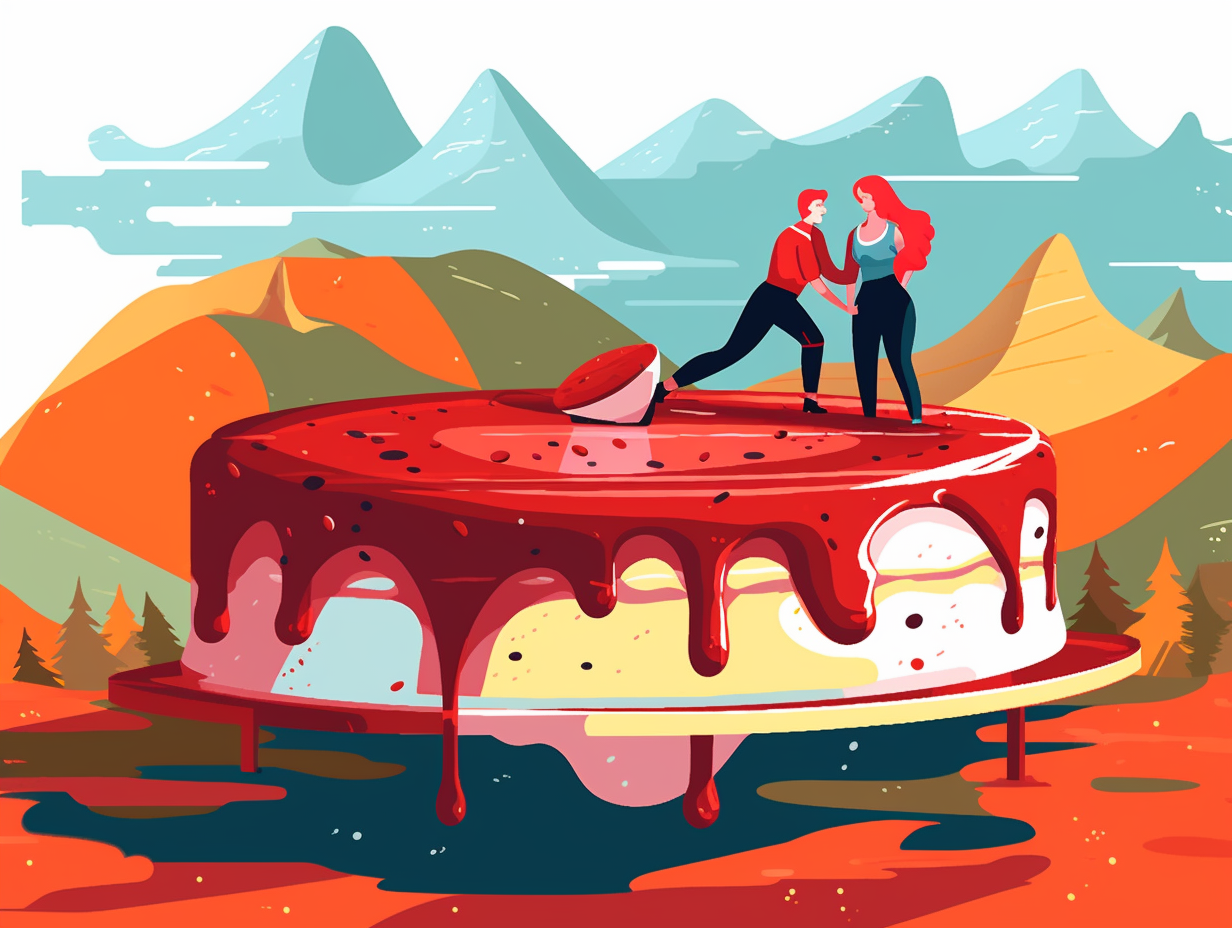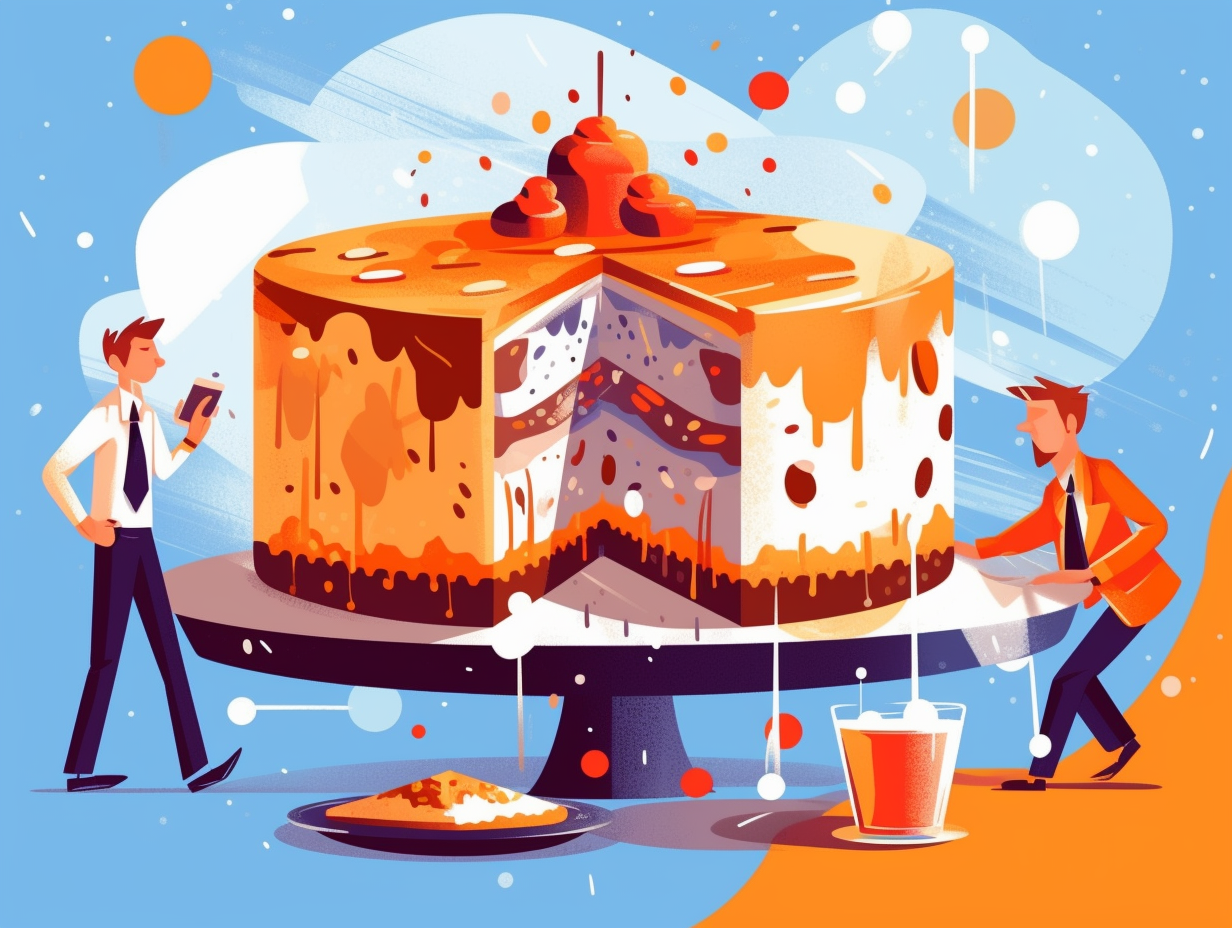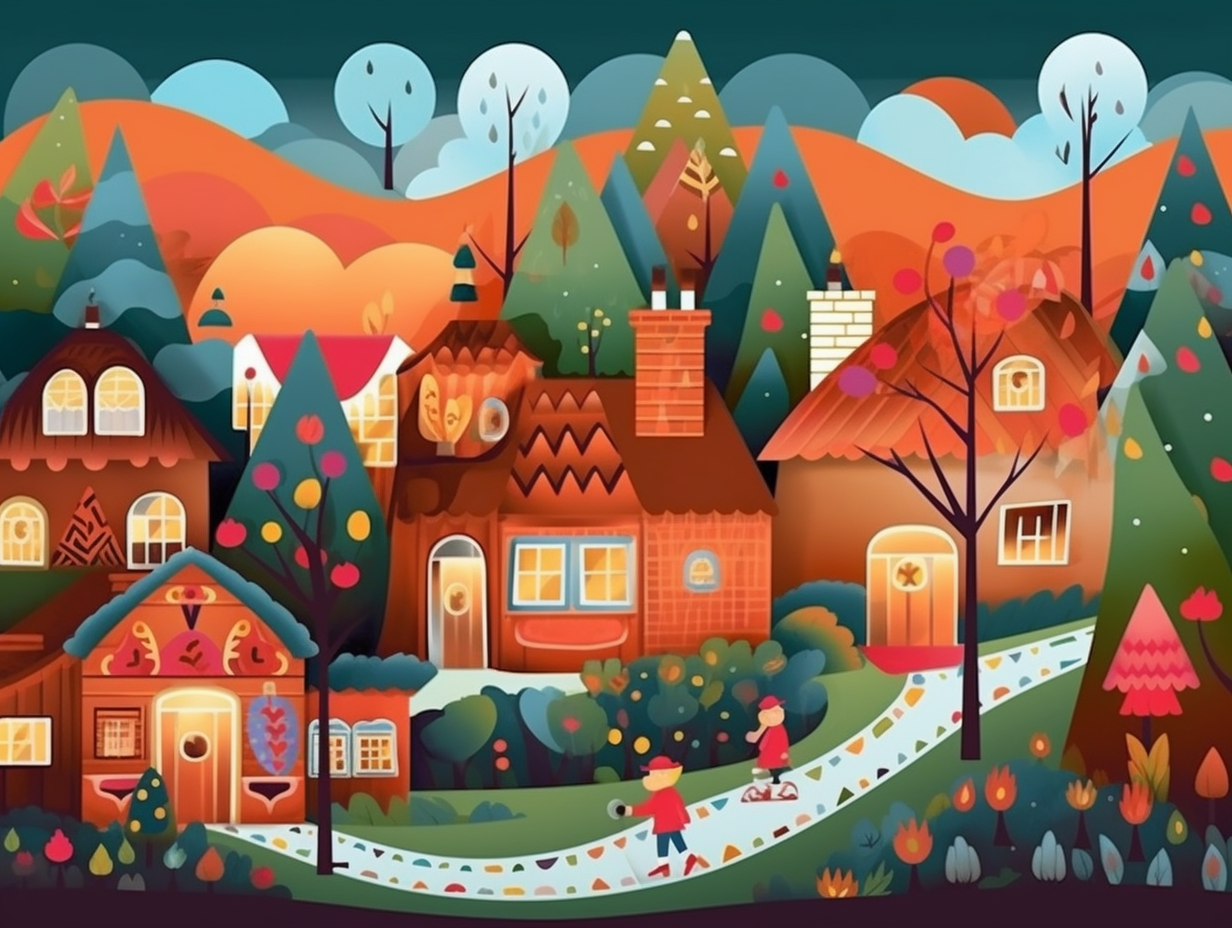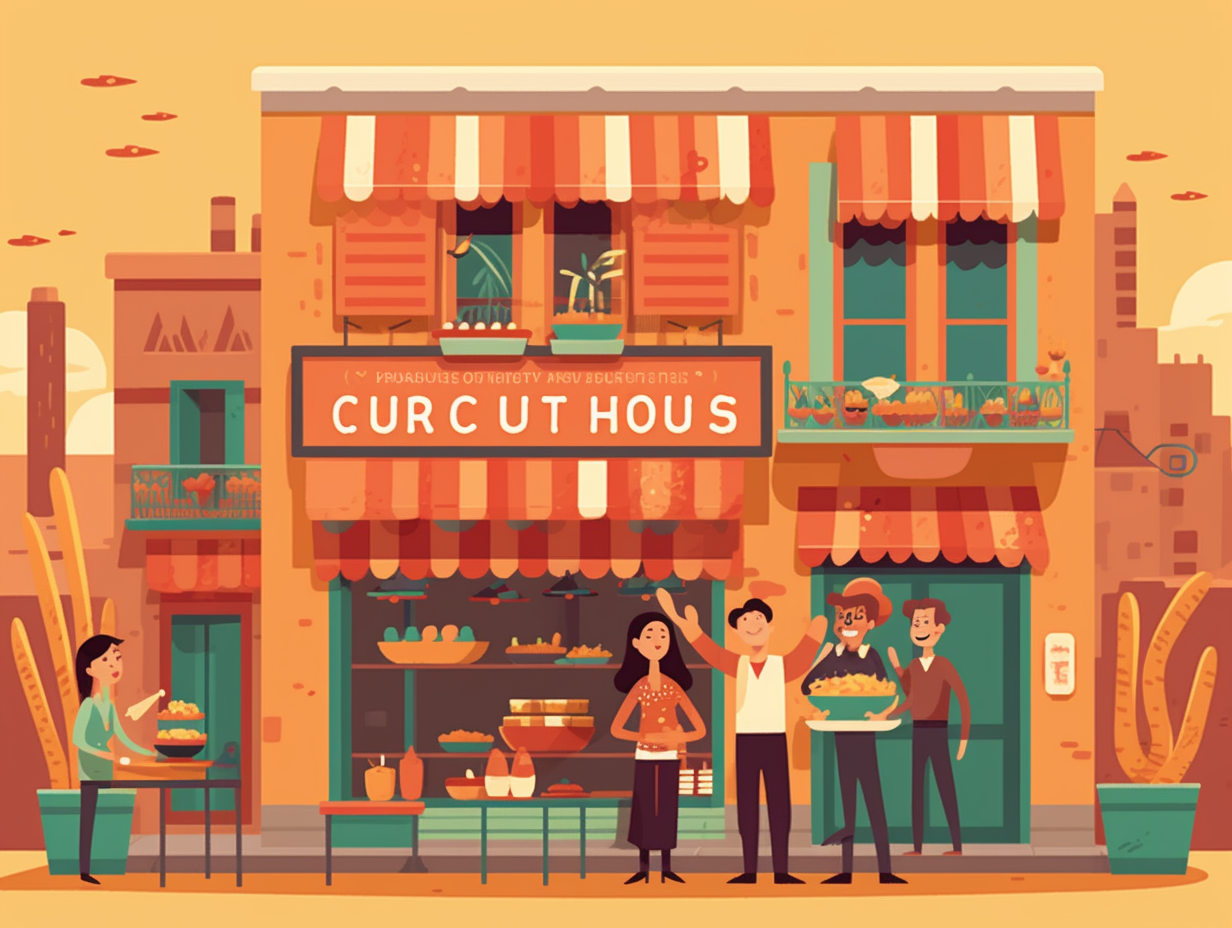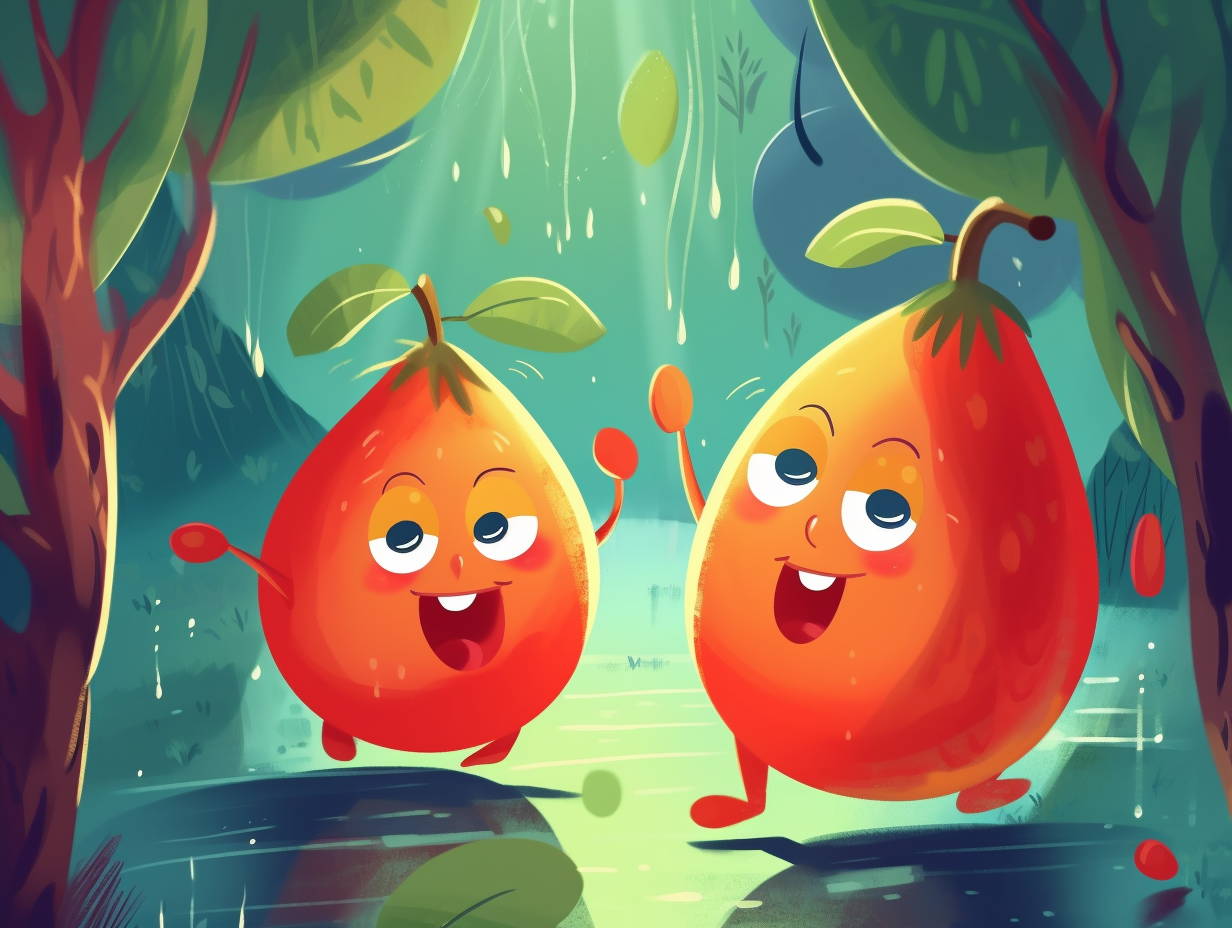Discover the Delicious: Top 11 Fun Facts about Creme Brulee You Never Knew, Straight from Paris!

1. Common Folk's Favorite Dessert
While the French aristocracy was busy losing their heads during the 17th century, the common folk were savoring a deliciously humble dessert that would leave the fancy folks green with envy: creme brulee, originally known as "burnt cream", was a popular treat among the masses before it became a world-renowned dessert, skyrocketing to fame in the United States in the early 1990s and now gracing the menus of fine dining establishments around the globe.
Source => elmeson-santafe.com
2. Paternity Test for Dessert
Rumor has it that creme brulee once demanded a paternity test to decipher its true French heritage, but the Maury Povich of desserts just couldn't crack the code: In reality, the origins of creme brulee are uncertain, with the first known "burnt cream" recipe appearing in a French cookbook in 1691, while the mention of the dessert as "creme brulee" only surfaced in 1731 – and there's no concrete evidence to support Trinity College in Cambridge serving their infamous Trinity burnt cream in 1617. Despite its dubious ancestry, this custardy conundrum continues to captivate dessert lovers from all corners of the globe.
Source => app.ckbk.com

Did you know sugar cookies had medieval origins with quirky names like gemmells, crybabies, and plunketts? Discover how a buttery transformation turned them into today's scrumptious treat!
=> Fun Facts about Sugar-Cookies
3. Caramelized Cancan Origins
Crème brûlée: dancing the caramelized cancan since the Middle Ages! Believe it or not, this much-adored dessert was swinging its sugar-dipped hips all the way back in 15th century England – and it's only gotten better with age. Just ask the French, who fine-tuned it into its current scrumptious form: a creamy custard topped with a beautifully burnt sugar crust, très chic! True connoisseurs, however, should send a thank you note to President Thomas Jefferson, the culinary trendsetter who introduced this sweet delight to the United States and made France-American relations truly mouthwatering.
Source => tastingtable.com
4. Medieval Salamander Tool
Long before chefs were channeling their inner Jedi with blowtorches and turning sugar to gold, they were wielding a rather medieval contraption with all the grace of a blacksmith: Enter the salamander! A cast-iron disk with a long wooden handle, the salamander was already used centuries ago to caramelize sugar on crème brûlée, delivering the same signature crunch we crave today—no lightsabers needed.
Source => en.wikipedia.org

5. Chameleon of Flavors
If creme brulee were a contestant on a reality baking show, it would surely be the queen of versatility, taking on any flavor thrown its way like a true pastry superhero: From the classic vanilla to more adventurous doppelgangers like orange, raspberry, pumpkin, green tea, and even red velvet cake, this French dessert icon has 23 known incarnations, each flaunting its own flamboyant flair.
Source => insanelygoodrecipes.com
6. Cocktail Family Reunion
Did you know that Crème Brûlée found its long-lost cousin twice removed and shaken, not stirred in the world of cocktails? Yep, they finally met at a family reunion: You can achieve the heavenly burnt sugar flavor of crème brûlée in a cocktail by using homemade burnt sugar syrup mixed with threads of vanilla bean pods, creating a vanilla-infused concoction that stays true to the dessert's original, drool-worthy essence.
Source => cookindineout.com
7. Creme Brulee's Stardom
Creme brulee, the sugary lovechild of an upper crust custard and a searing breakup with a blowtorch: Its ascent to stardom began in the 1980s thanks to elite restaurants like Le Cirque in New York City, making the French dessert a royally delicious staple in both traditional French restaurants and non-French culinary establishments across the United States.
Source => fanaticallyfood.com
8. Beyoncé of Desserts
Crème brûlée is the Beyoncé of desserts: universally adored, stunningly gorgeous, and surrounded by an air of mystery. Yet, like a diva who steals her backup dancer's moves, this sweet treat's origin story is shrouded in intrigue and imitation: Historically rooted in the Middle Ages Europe, the French adaptation now uses a water bath and chill time before the sugary crescendo of caramelization takes the stage, with optional backup flavors ranging from citrus to cocoa or even a boozy splash of liqueur. Regardless of who first lit the proverbial torch, this culinary masterpiece waltzes through the ages and into our hearts, one crackling sugar crust at a time.
Source => lovetoknow.com
9. Crème de la Crème Achievement
Ever tried to unlock the "Crème de la Crème Achievement" in the art of French dessert? It surprisingly doesn't involve any secret handshakes or chanting "Oh là là" three times while holding a baguette: the top-secret formula to creating the flawless creme brulee lies in torching that sweet, sweet layer of sugar at precisely 550°F. This balmy temperature allows for a rapid caramelization without scorching the delicate custard lounging beneath its crystalline canopy. Voilà - the path to perfect creme brulee is revealed!
Source => elmeson-santafe.com

10. Pioneer of Caramel Pairing
Long before caramel lattes conquered the world, there was a French dessert that pioneered the delightful pairing of creamy sweetness and a crispy burnt top: Say hello (or bonjour) to crème brûlée! This hard-hitting sweet treat actually started its path to fame in a 17th-century French cookbook, known back then as "burnt cream." Today, it continues to pleasantly bruise tastebuds all over the globe with its delectable custard base and caramelized sugar armor.
Source => tastingtable.com
11. Heated Dessert Debate
Move over, heated arguments; it's time for desserts to have their sizzling moments too: Crème brûlée, originally from France and first mentioned in a 1691 cookbook by chef François Massialot, was initially made with a separate disc of caramelized sugar before evolving into the custard-scorching showstopper we know today, even served by Thomas Jefferson at the White House!
Source => gamberorossointernational.com
Related Fun Facts

